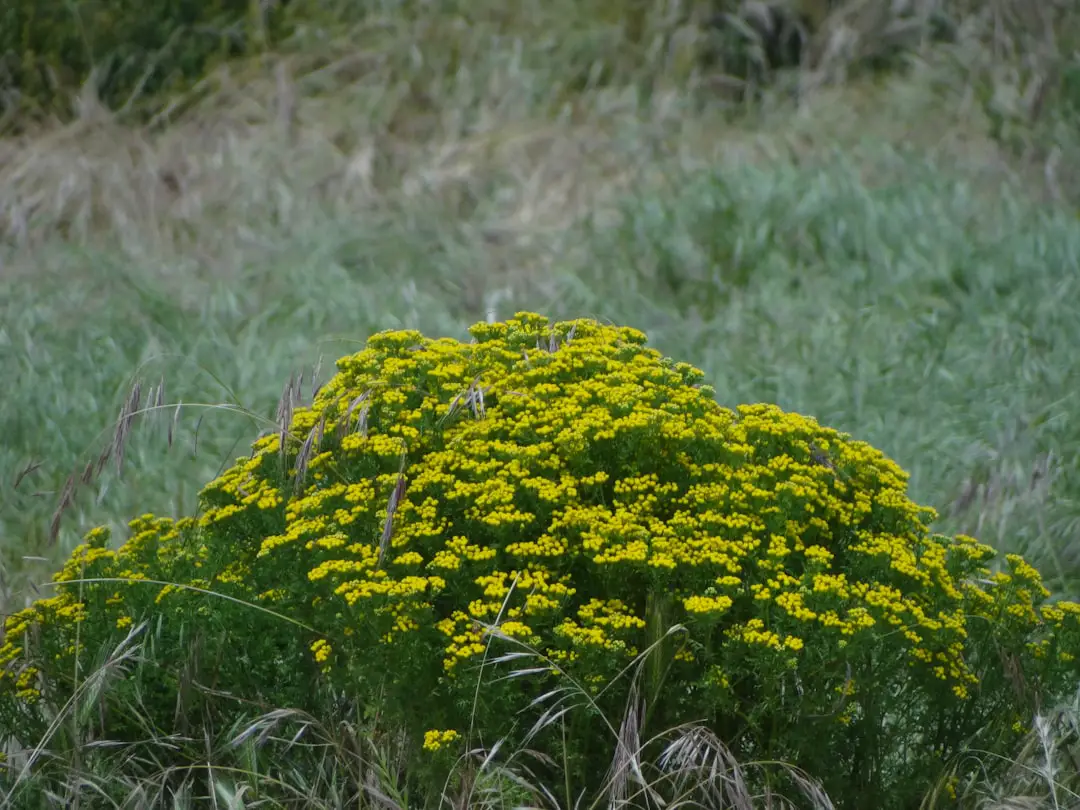The Caribbean is renowned for its tropical climate, characterized by warm temperatures and abundant sunshine throughout the year. The region experiences two primary seasons: the dry season and the wet season. The dry season typically spans from December to April, during which the weather is generally more stable, with lower humidity and minimal rainfall.
This period is marked by pleasant temperatures averaging between 75°F to 85°F (24°C to 29°C), making it an ideal time for outdoor activities and beach lounging. The dry season attracts a significant influx of tourists, drawn by the promise of idyllic weather and vibrant landscapes. Conversely, the wet season, which runs from May to November, brings increased humidity and a higher likelihood of rain showers.
While this period can be characterized by brief, intense downpours, it is also when the Caribbean showcases its lush greenery and vibrant flora. Temperatures during the wet season remain warm, often reaching up to 90°F (32°C). However, it is essential to note that the Caribbean is also susceptible to tropical storms and hurricanes during this time, particularly from August to October.
Understanding these weather patterns is crucial for travelers seeking to optimize their experience in this beautiful region.
Key Takeaways
- The Caribbean experiences a tropical climate with warm temperatures and high humidity, and is prone to hurricanes from June to November.
- Peak tourist seasons in the Caribbean are from December to April, with the highest prices and largest crowds.
- Off-season travel in the Caribbean offers lower prices, fewer crowds, and the opportunity to experience local culture and traditions.
- Special events and festivals in the Caribbean, such as Carnival in Trinidad and Tobago, offer unique cultural experiences for visitors.
- Hurricane season precautions in the Caribbean include purchasing travel insurance, staying informed about weather updates, and being prepared for potential disruptions to travel plans.
Peak Tourist Seasons
Peak Season: Warmth and Sunshine
The dry season, which spans from mid-December to mid-April, is the most popular time to visit the Caribbean. This period coincides with winter holidays in North America and Europe, resulting in a surge of visitors seeking warmth and sunshine. As a result, popular destinations like Jamaica, the Bahamas, and St. Lucia see their resorts fully booked, and prices for accommodations and activities often skyrocket. Travelers during this time can expect vibrant nightlife, bustling beaches, and a wide range of organized events catering to tourists.
Shoulder Seasons: A More Tranquil Experience
In contrast, the shoulder seasons – late April to early June and late November to early December – offer a more peaceful experience. During these months, the weather remains pleasant, but the crowds begin to thin out as families return home after spring break and before the holiday rush begins. This transitional period allows for a more relaxed atmosphere, with many resorts offering discounts and special packages to attract visitors.
A Quieter Getaway
For those who prefer a quieter getaway without sacrificing comfort, the shoulder seasons present an excellent opportunity to explore the Caribbean’s natural beauty and cultural offerings.
Off-Season Benefits

Traveling during the off-season in the Caribbean can yield numerous benefits for those willing to embrace a less conventional travel schedule. The off-season typically spans from June to November, coinciding with the wet season and hurricane season. While some may shy away from this time due to concerns about rain or storms, savvy travelers can take advantage of significantly lower prices on accommodations, flights, and activities.
Lonely Planet Many resorts offer enticing deals to fill rooms during this quieter period, making it an attractive option for budget-conscious travelers. Moreover, visiting during the off-season allows for a more intimate experience with the local culture. With fewer tourists around, travelers can engage more meaningfully with residents and immerse themselves in authentic Caribbean life.
Local markets are less crowded, allowing for leisurely exploration of artisanal crafts and culinary delights. Additionally, popular attractions are often less congested, providing opportunities for uninterrupted enjoyment of natural wonders such as waterfalls, hiking trails, and historical sites. Embracing the off-season can lead to unique experiences that are often overshadowed by the hustle and bustle of peak tourist times.
Special Events and Festivals
The Caribbean is a vibrant tapestry of cultures, each island boasting its own unique festivals and events that reflect local traditions and heritage. These celebrations often draw visitors from around the world, eager to partake in the festivities that showcase music, dance, food, and art. One of the most famous events is Carnival, celebrated in various forms across the region.
Trinidad and Tobago’s Carnival is particularly renowned for its extravagant parades featuring colorful costumes, lively calypso music, and energetic dancing. This event typically occurs in February or March and serves as a significant cultural highlight for both locals and tourists. In addition to Carnival, many islands host their own unique festivals throughout the year.
For instance, Junkanoo in The Bahamas is a vibrant street parade held on Boxing Day (December 26) and New Year’s Day (January 1), featuring elaborate costumes made from recycled materials and traditional music played on drums and horns. Similarly, St. Lucia’s La Rose Festival celebrates the island’s floral heritage with parades, music, and dance in August.
These events not only provide entertainment but also offer travelers an opportunity to connect with local communities and gain insight into their rich cultural histories.
Hurricane Season Precautions
Traveling to the Caribbean during hurricane season requires careful planning and awareness of potential risks. The hurricane season officially runs from June 1 to November 30, with peak activity typically occurring between August and October. While not every year sees significant storms impacting tourism, it is essential for travelers to stay informed about weather forecasts and advisories before embarking on their journey.
Many airlines and hotels offer flexible cancellation policies during this period, allowing travelers to adjust their plans if necessary. To mitigate risks associated with hurricane season, travelers should consider purchasing travel insurance that covers trip cancellations due to severe weather events. Additionally, staying in contact with local authorities or resort management can provide timely updates on any developing storms or safety measures in place.
It is also wise to familiarize oneself with emergency procedures at accommodations or local communities in case of an unexpected weather event. By taking these precautions, travelers can enjoy their Caribbean experience while remaining vigilant about safety.
Best Time for Water Activities

Optimal Conditions for Water Sports
Generally speaking, the dry season from December to April provides optimal conditions for water sports enthusiasts. During this time, calm seas and clear skies create ideal circumstances for exploring vibrant coral reefs teeming with marine life.
Snorkeling in Bonaire
For snorkeling enthusiasts, locations like Bonaire are particularly renowned for their underwater ecosystems. The waters around Bonaire are protected as a marine park, ensuring pristine conditions year-round. However, visiting during the dry season enhances visibility significantly, allowing snorkelers to fully appreciate the colorful corals and diverse fish species that inhabit these waters.
Scuba Diving in Cozumel
Similarly, scuba divers will find that sites such as Cozumel in Mexico offer exceptional visibility during this period, making it an excellent time for underwater exploration.
Budget-Friendly Travel Times
For those looking to explore the Caribbean without breaking the bank, timing your visit strategically can lead to significant savings. The off-peak months from June through November often present the best opportunities for budget-friendly travel. During this period, airlines frequently offer discounted fares as demand decreases due to concerns about weather conditions.
Additionally, hotels and resorts may provide enticing promotions or package deals aimed at attracting visitors during quieter months. Travelers can also benefit from exploring lesser-known islands or regions within the Caribbean that may not be as heavily marketed as popular destinations like Cancun or Nassau. Islands such as Dominica or Grenada offer stunning natural beauty and rich cultural experiences without the high price tags associated with more tourist-heavy locales.
By being flexible with travel dates and considering alternative destinations within the Caribbean, budget-conscious travelers can enjoy an unforgettable experience while keeping expenses manageable.
Choosing the Right Caribbean Island for Your Visit
Selecting the right Caribbean island for your visit can significantly impact your overall experience. Each island possesses its own unique charm, attractions, and cultural offerings that cater to different interests and preferences. For instance, if you seek vibrant nightlife and entertainment options, islands like Puerto Rico or Jamaica may be ideal choices due to their bustling cities filled with bars, clubs, and live music venues.
On the other hand, if tranquility and natural beauty are your priorities, consider visiting islands like St. Lucia or Antigua. St.
Lucia is famous for its stunning Pitons—two volcanic spires that rise dramatically from the sea—and offers opportunities for hiking through lush rainforests or relaxing on pristine beaches. Antigua boasts 365 beaches—one for each day of the year—making it a paradise for sun-seekers and water sports enthusiasts alike. Ultimately, choosing the right island involves considering factors such as desired activities (e.g., diving versus hiking), cultural experiences (e.g., local festivals versus historical sites), and personal preferences regarding accommodations and dining options.
By conducting thorough research on various islands within the Caribbean region, travelers can tailor their experiences to align with their interests while ensuring a memorable getaway in this tropical paradise.
If you are planning a trip to the Caribbean islands, you may also want to consider bringing along the best travel fishing rod to make the most of the beautiful waters. Fishing can be a relaxing and enjoyable activity to do while on vacation. Check out this article on the best travel fishing rods to find the perfect one for your trip.
FAQs
What is the best time to travel to the Caribbean islands?
The best time to travel to the Caribbean islands is during the dry season, which typically runs from December to April. This period offers the most favorable weather conditions with lower chances of rain and more sunshine.
What is the weather like in the Caribbean during the best time to travel?
During the dry season, the weather in the Caribbean is generally warm and sunny, with temperatures ranging from 75°F to 85°F (24°C to 29°C). The humidity is lower, and there is a lower chance of rain compared to the wet season.
Are there any specific months within the dry season that are better for traveling to the Caribbean?
The months of January to April are considered the peak season for traveling to the Caribbean islands. During these months, the weather is at its best, but it is also the busiest time for tourists, so accommodations and attractions may be more crowded.
What activities are available during the best time to travel to the Caribbean?
During the dry season, visitors to the Caribbean can enjoy a wide range of activities, including snorkeling, diving, sailing, and beach relaxation. The favorable weather conditions also make it an ideal time for outdoor adventures and exploring the natural beauty of the islands.
Are there any drawbacks to traveling to the Caribbean during the dry season?
While the dry season offers the best weather, it is also the peak tourist season, which means higher prices for accommodations and attractions. Additionally, popular destinations may be more crowded during this time.
